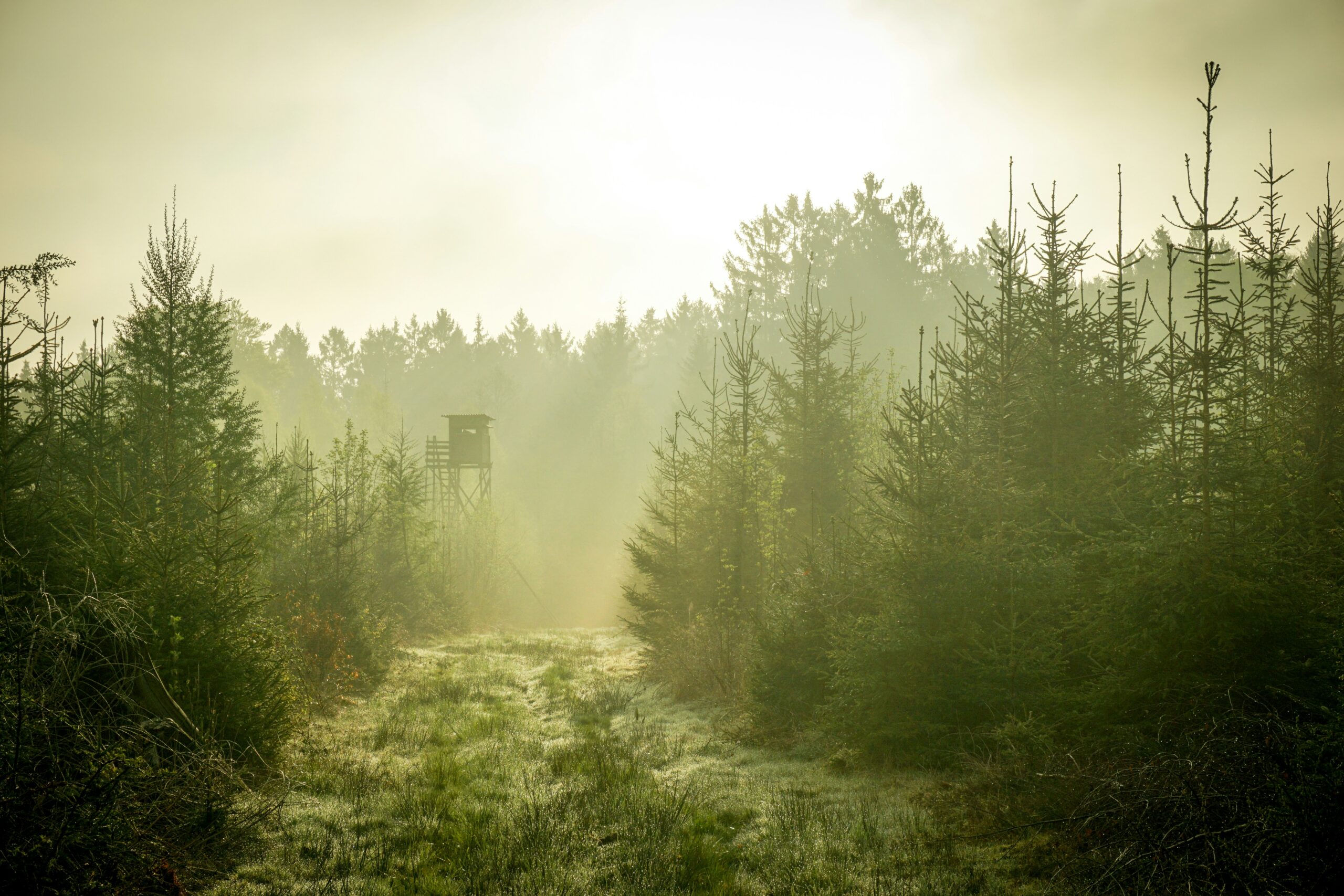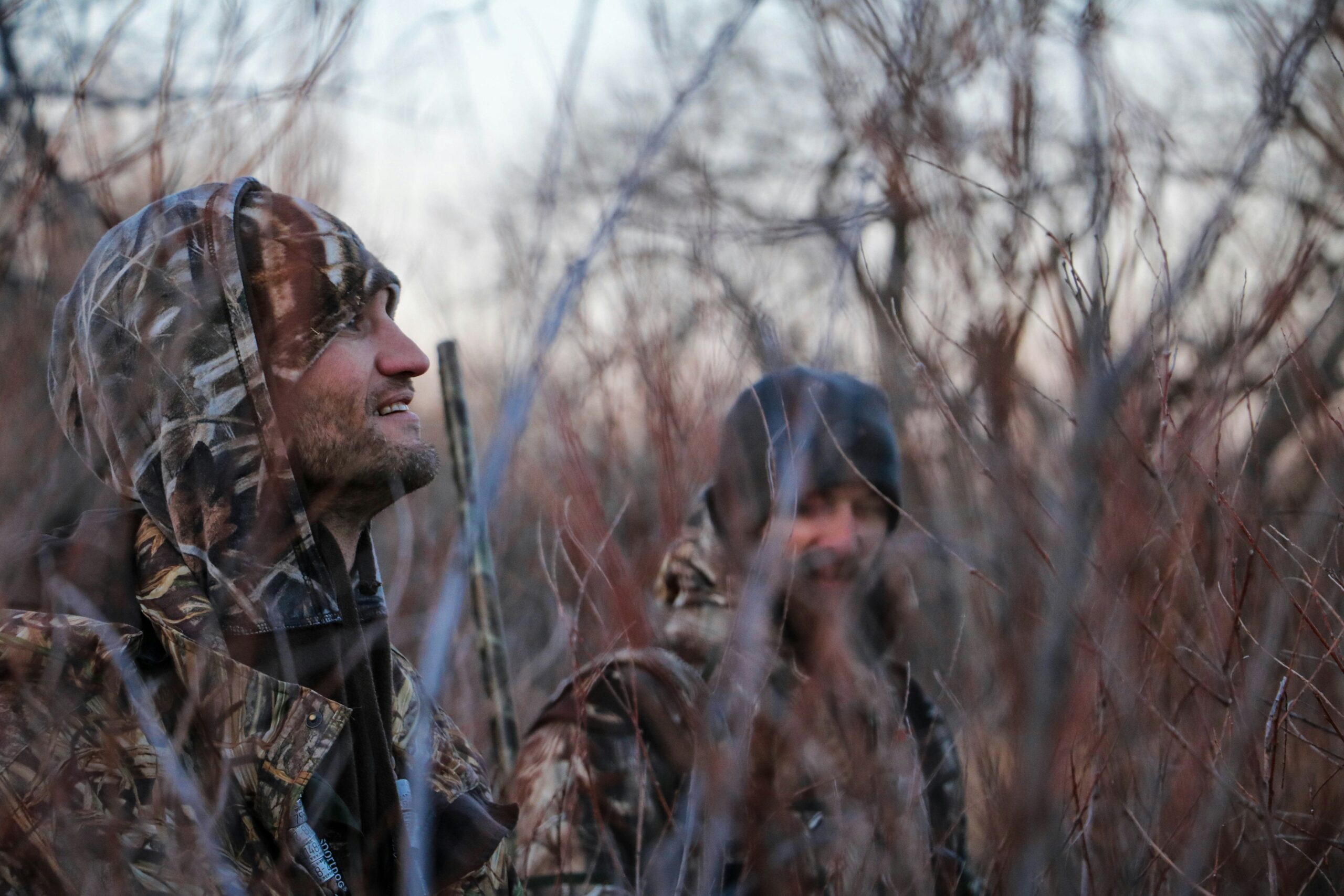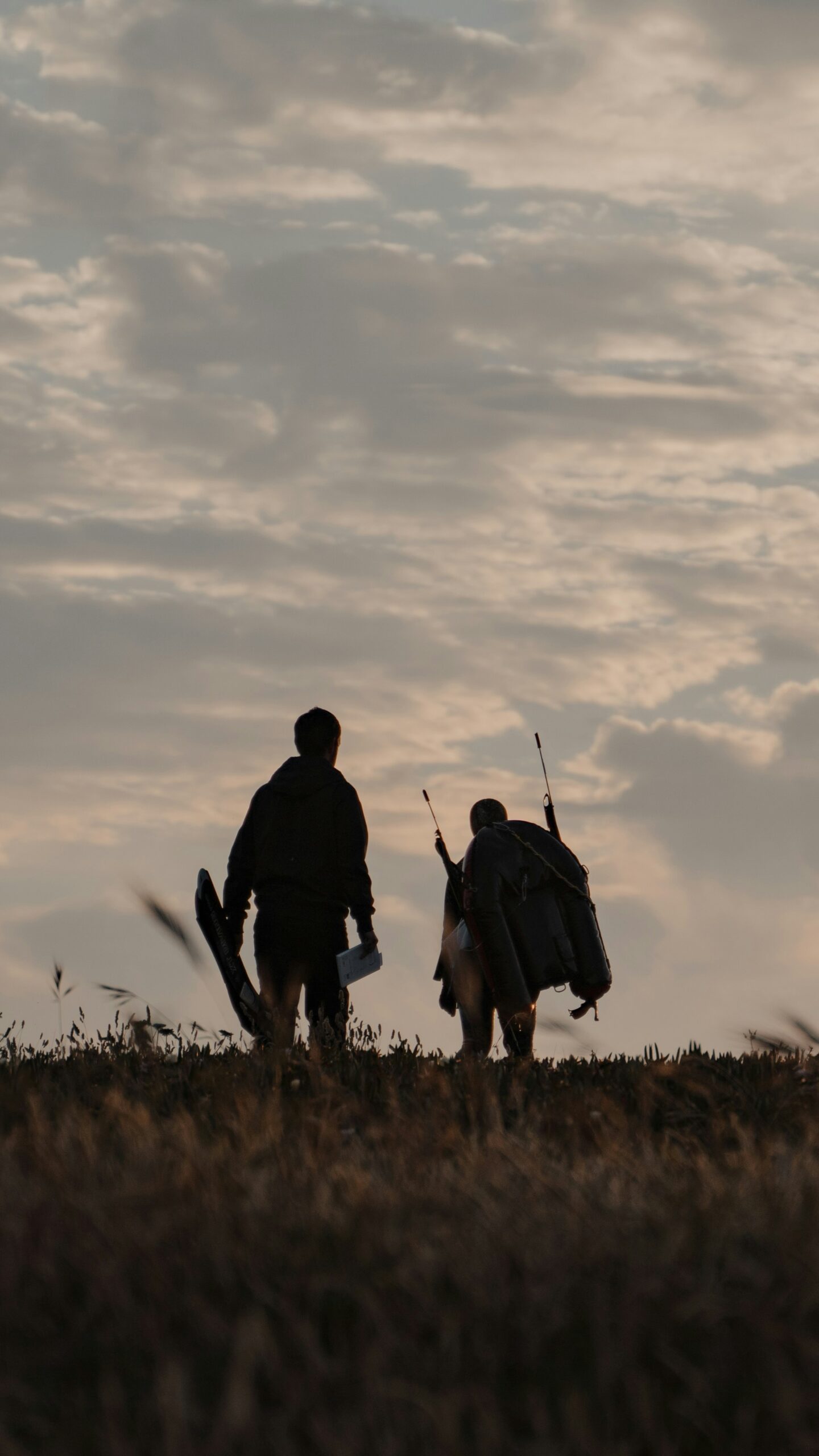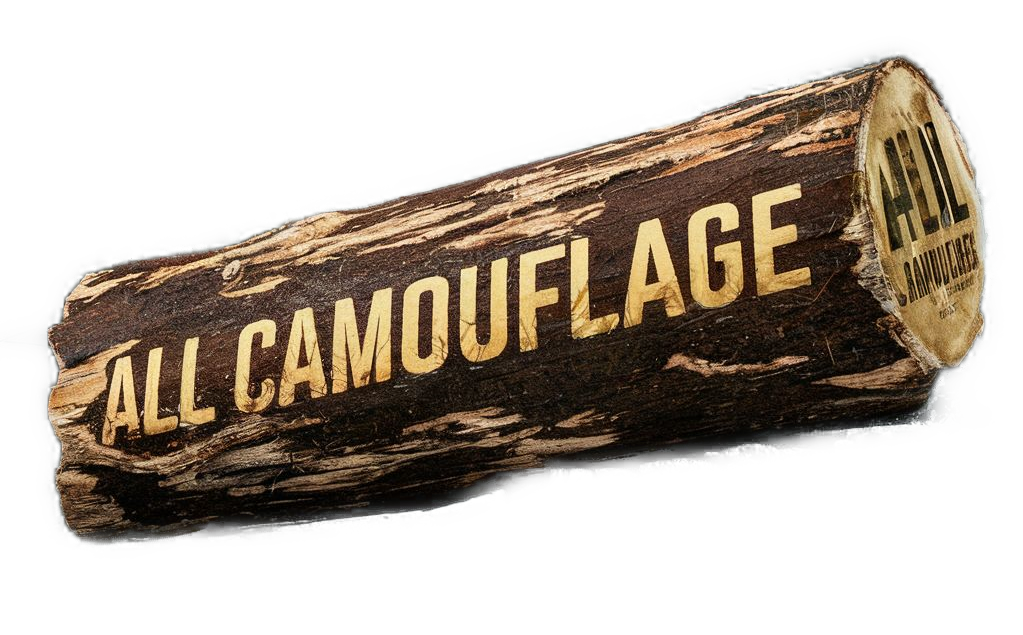Have you ever wondered why camouflage is such an important aspect of outdoor gear? Whether you are a dedicated hunter or an avid hiker, the significance of blending seamlessly into your surroundings cannot be understated. Camouflage plays a crucial role in enhancing your overall experience in the great outdoors, allowing you to remain undetected by the wildlife and maximizing your chances of success. In this article, we will explore the reasons behind the importance of camouflage for outdoor gear and how it can make a significant difference in your outdoor adventures.
Understanding the Principle of Camouflage
Basic definition of camouflage
Camouflage is a technique used in nature and human applications to blend into the surroundings, making someone or something less visible and harder to detect. The term “camouflage” originates from the French word “camoufler,” which means “to disguise.” By effectively concealing oneself or an object, camouflage minimizes the chances of being noticed by predators, enemies, or prey.
How camouflage works in nature
In nature, camouflage plays a crucial role in the survival of many species. Animals such as chameleons, octopuses, and certain insects have developed the ability to change their color or shape to match their surroundings. This remarkable adaptation allows them to remain hidden from predators or ambush their prey. By blending in with their environment, these creatures increase their chances of survival and reproduction.
Historical use of Camouflage
The role of camouflage in military gear
Camouflage has been extensively employed in military gear throughout history, dating back to ancient civilizations. In warfare, blending in with the natural surroundings and minimizing visibility gives soldiers a tactical advantage by making it harder for the enemy to spot them. From the early days of using foliage to conceal oneself on the battlefield to the modern pixelated camouflage patterns, military forces have embraced camouflage to gain a strategic edge.
Use of camouflage by hunters and gatherers
Even before the military, early hunters and gatherers recognized the importance of concealment in their hunting activities. By mimicking the colors and patterns of the environment, ancient hunters were able to stalk prey more effectively. The use of natural materials such as animal skins, leaves, and mud not only provided camouflage but also helped mitigate the human scent and sound, making it easier to approach game without alerting them.

The Science Behind Camouflage
The principle of blending in
The primary principle behind camouflage is blending in with the environment to become less noticeable. This can be achieved by matching colors, textures, and patterns to the surroundings. By visually breaking up the silhouette and reducing contrast, camouflage helps to disrupt the human perception of shapes and objects. The goal is to create a seamless integration with the background to avoid detection.
Understanding color theory in camouflage
Color is a critical element in camouflage. Different environments require different color schemes to achieve optimal concealment. In woodland areas, shades of green and brown are predominantly used to mimic vegetation. In snowy conditions, whites, grays, and light blues are preferred to blend with the snowy landscape. Understanding color theory and the science of light reflection and absorption allows designers to create camouflage patterns that effectively deceive the human eye.
Shape and pattern in effective camouflage
In addition to color, the shape and pattern of camouflage play a significant role in its effectiveness. Mimicking the natural shapes and patterns found in the environment helps to break up the outline of the individual or object. This prevents the eye from easily recognizing a distinct shape and makes it more difficult to differentiate between the surroundings and the camouflaged entity. By utilizing organic shapes and irregular patterns, camouflage becomes more successful in providing effective concealment.
Role of Camouflage in Outdoor Gear
Importance of camouflage in survival situations
In survival situations, camouflage can be the difference between life and death. Whether lost in the wilderness or evading a potential threat, blending in with the environment is crucial. Camouflage allows individuals to hide and remain undetected, increasing their chances of rescue or escape. Additionally, camouflaged gear can facilitate better hunting and gathering, enabling individuals to sustain themselves in harsh outdoor conditions.
Why camouflage is recommended for hunting
For hunters, camouflage is an essential tool for getting close to their prey. By wearing camouflaged clothing and using gear designed to blend into the surroundings, hunters can increase their chances of fooling their targets. The ability to remain hidden undetected gives hunters a significant advantage, allowing them to observe wildlife behavior and make accurate shots without alerting their quarry.
Role of camouflage in various outdoor activities
Camouflage is not limited to military operations and hunting. It finds application in various outdoor activities such as wildlife photography, birdwatching, and nature observation. By minimizing disruption to their environment, individuals engaging in these activities can observe animals in their natural habitat without causing undue alarm or distress. Camouflage provides a means of becoming part of the natural world, allowing for a more immersive and authentic experience.

Ideal Camouflage for Different Terrains
Understanding the different types of camouflage
There are various types of camouflage designed to suit different terrains and environments. Woodland camouflage patterns incorporate shades of green, brown, and black to blend in with forested areas. Desert camouflage utilizes lighter colors such as tan and beige to match the arid and sandy landscapes. Camouflage for snowy conditions involves whites and light blues to mimic the snowy surroundings. By understanding the unique characteristics of each terrain, appropriate camouflage can be selected for maximum effectiveness.
Choosing the right camouflage for the woodland
Woodland environments are characterized by dense vegetation and varying shades of green. To effectively blend in, camouflage patterns for woodland areas often feature a combination of dark and light greens, browns, and blacks. This helps individuals to remain concealed among the trees, shrubs, and undergrowth. Additionally, the use of irregular patterns that mimic the shapes found in the forest enhances the camouflage’s efficacy.
Camouflage for snowy conditions
Snowy conditions present a different set of challenges for concealment. In these environments, camouflaged gear and clothing must adopt colors that match the white backdrop. Shades of white, light gray, and light blue are commonly used to blend in with the snow and ice. The textures and patterns on the gear may resemble snowflakes or natural ice formations, allowing individuals to remain concealed in this harsh winter landscape.
Camouflage in desert and sandy conditions
Desert and sandy environments require camouflage that mimics the arid desert landscape. Camouflaged gear designed for desert conditions typically incorporates shades of tan, beige, and light brown. These colors help individuals blend in with the sandy terrain and rock formations commonly found in desert regions. The camouflage pattern may include irregular shapes and textures reminiscent of desert dunes and dry vegetation, providing optimal concealment.
Camouflage Clothing and Gear
Importance of camouflage clothing
Camouflage clothing is specifically designed to aid individuals in blending into their surroundings. It is made using patterns and colors that match the environment, effectively hiding the wearer from the naked eye. Apart from the visual aspect, camouflage clothing often incorporates features such as noise reduction, scent control, and moisture-wicking materials. These added functionalities help individuals stay undetected and comfortable in their outdoor pursuits.
Camouflage gear options
In addition to clothing, a wide range of camouflage gear is available for outdoor enthusiasts. This includes backpacks, tents, binoculars, and firearms, among others. Camouflaged gear allows individuals to extend their concealment beyond clothing, increasing their chances of remaining hidden in their environment. By incorporating camouflage into various equipment, outdoor gear manufacturers prioritize the importance of blending in for optimal functionality and effectiveness.
How to choose the right camouflage gear
Choosing the right camouflage gear depends on several factors, including the intended environment, specific requirements, and personal preferences. Consider the terrain, climate, and activities you will engage in when selecting camouflage gear. Research the available options and consult professionals or experienced individuals for advice. It is important to invest in high-quality gear that effectively blends in with the surroundings and meets your specific needs.

Popular Misconceptions About Camouflage
Misconception that camouflage is only for the military
While camouflage has a strong association with the military, it is not limited to military applications. Camouflage is equally important in various outdoor pursuits, from hunting and wildlife observation to survival situations. Its efficacy in different environments makes it a valuable tool for anyone seeking to blend into their surroundings, regardless of their profession.
Confusion between camouflage and stealth
Another common misconception is the confusion between camouflage and stealth. While both concepts involve reducing visibility and detection, they are distinct. Camouflage focuses on visual concealment and blending in with the surroundings. Stealth, on the other hand, involves minimizing noise, scent, and other factors that could alert others to one’s presence. Camouflage primarily relies on visual deception, while stealth encompasses a broader range of techniques to remain undetected.
The Future of Camouflage Technology
Cutting-edge developments in camouflage
The field of camouflage technology continues to advance, driven by scientific discoveries and technological breakthroughs. Researchers are exploring innovative materials and techniques to enhance camouflage effectiveness. Examples include the development of adaptive camouflage that responds to changing environments, smart fabrics that adjust their color and pattern, and even the use of programmable materials that can mimic a variety of backgrounds.
Potential for advanced tech in camouflage
With the rise of technology, the potential for advanced camouflage solutions is vast. Incorporating active camouflage systems, such as those inspired by the natural color-changing abilities of certain animals, could revolutionize concealment. The integration of sensors, cameras, and computer algorithms could enable camouflaged objects to adapt seamlessly to their surroundings in real-time. These advancements hold promise for military, outdoor, and even commercial applications.
Role of bio-mimicry in future camouflage solutions
Bio-mimicry, the practice of imitating natural designs and processes, offers immense potential for future camouflage solutions. By studying the animal kingdom, researchers can gain insights into patterns, textures, and color palettes that provide optimal concealment. Learning from nature’s millions of years of evolution can guide the development of innovative camouflage technologies that surpass current capabilities.
Learning from Nature’s Camouflage Techniques
Examples of natural camouflage
Nature provides a wealth of inspiration for camouflage techniques. Animals like the walking stick insect, which resembles a twig, the flounder, which flawlessly matches the seafloor, and the snowshoe hare, whose fur changes color with the seasons, showcase the incredible adaptability of camouflage in the animal kingdom. By observing and studying these natural examples, humans can gain insights into effective camouflage strategies.
How outdoor gear designers use nature as inspiration
Outdoor gear designers often draw inspiration from nature’s camouflage techniques when creating new products. By studying the patterns, colors, and textures found in various environments, designers can develop camouflage patterns that optimize concealment. Nature serves as a blueprint for developing gear that effectively blends into specific terrains, ensuring outdoor enthusiasts can stay hidden while enjoying their activities.
What we can learn from animals’ use of camouflage
Animals have perfected the art of camouflage through millions of years of evolution. By observing and studying their techniques, humans can gain valuable insights into effective concealment strategies. From color adaptation to altering body shape and texture, animals offer countless lessons in the art of staying hidden. By learning from nature, we can continue to refine and improve our own camouflage techniques and technologies.
Modern Trends and Styles in Camouflage Gear
Fashion trends in camouflage
Camouflage patterns have made their way into the world of fashion, becoming a popular trend in clothing and accessories. Whether it’s camo-print jackets, pants, or hats, the rugged and versatile aesthetic of camouflage appeals to many people. Beyond its functional purpose, camouflage has become a style statement, reflecting an individual’s love for the outdoors or their desire to adopt a bold and distinctive look.
How design and functionality meet in modern camouflage gear
Modern camouflage gear seamlessly blends design and functionality. Manufacturers consider both the effectiveness of the camouflage pattern and the overall aesthetics of the gear. The meticulous design process ensures that the gear not only helps individuals blend into their environment but also embodies the spirit of outdoor adventure. Comfort, durability, and performance are combined with visually appealing designs, offering outdoor enthusiasts gear that meets their practical and aesthetic needs.
In conclusion, camouflage plays a crucial role in nature, military operations, hunting, and various outdoor activities. Understanding the science behind camouflage, selecting the right gear for specific terrains, and learning from natural camouflage techniques all contribute to effective concealment. As technology advances, the future holds even more exciting possibilities for camouflage, with bio-mimicry and cutting-edge developments leading the way. By embracing camouflage, individuals can enhance their outdoor experiences while staying hidden and immersed in the natural world.

